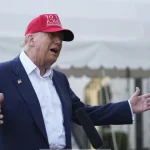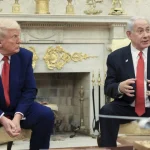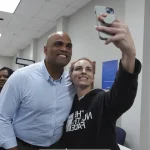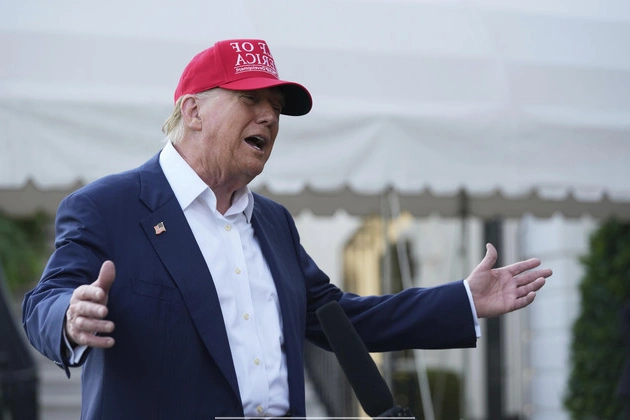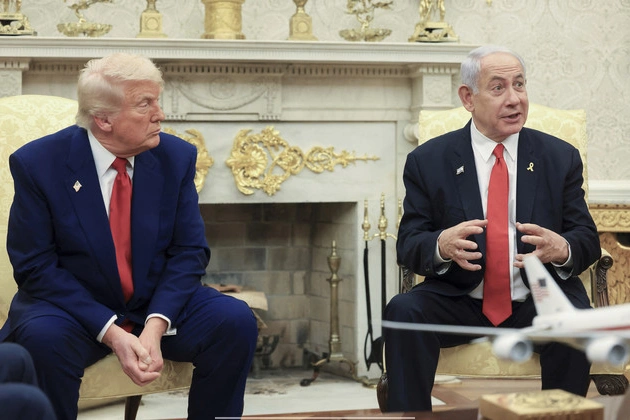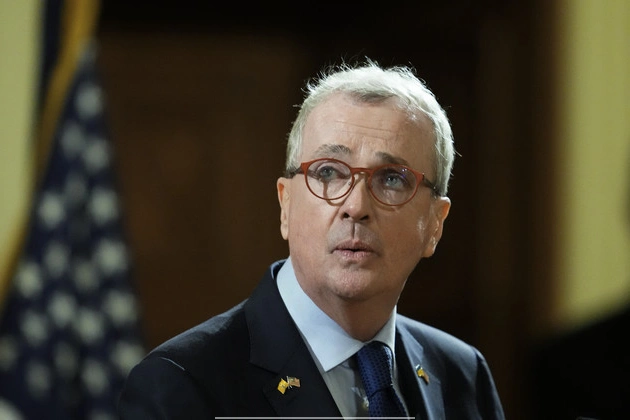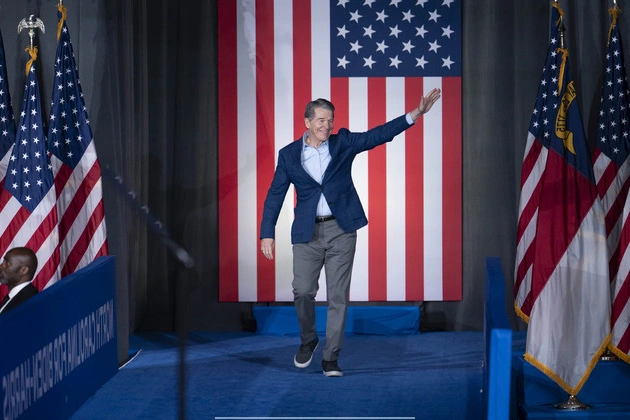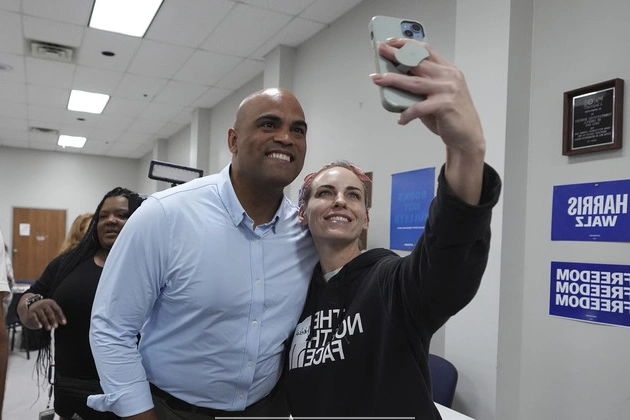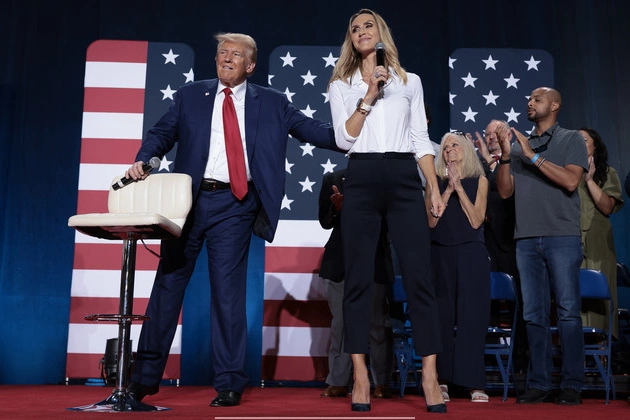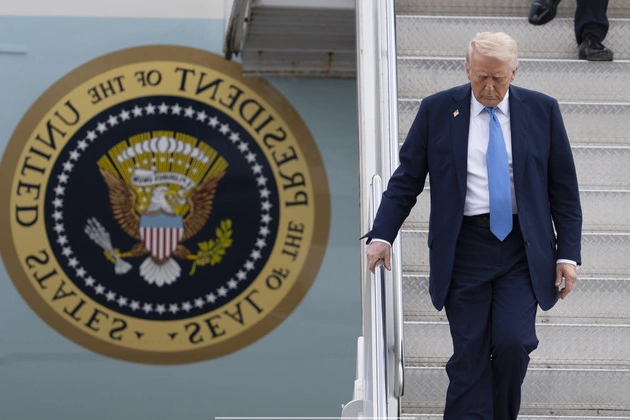
The Trump Administration’s Tariff Dilemma
Top White House and administration officials have been promising businesses, consumers, and fellow Republicans more “certainty” on trade in the coming days, eager to calm skittish markets and avoid the stock market plunge that accompanied the White House’s initial tariff roll-outs. But they face a significant obstacle: Donald J. Trump.
Just days before Trump’s April 2 announcement of global tariffs, even those closest to the president have privately signaled uncertainty about his intentions. While some details of the administration’s plan for reciprocal tariffs are emerging, the president’s unpredictable nature keeps everyone guessing.
Market Concerns and Policy Shifts
The White House projects confidence publicly, but privately, officials and allies express concerns about the potential impact of the upcoming tariff roll-out. The president’s inclination towards an expansive tariff strategy despite warnings of negative economic consequences adds to the uncertainty.
Recent decisions, such as imposing 25 percent tariffs on the auto industry, highlight the last-minute nature of policy announcements, causing disruptions and raising questions about the administration’s preparedness.
Trump’s shifting statements and contradictory policies further contribute to the confusion. The lack of clarity on targets, rates, and timelines for tariffs creates challenges for businesses and investors trying to navigate the evolving trade landscape.
Internal Divisions and External Pressures
The administration’s internal divide on tariff strategy reflects differing views on the potential economic implications. While some advocate for a narrower approach or quicker decision-making to aid business planning, others support Trump’s protectionist stance.
The tug of war among advisers and cabinet members underscores the challenges of influencing the president’s tariff decisions. Despite concerns about economic disruptions and political fallout, Trump remains steadfast in his belief that tariffs will benefit the U.S. economy and pressure other nations to comply.
Looking Ahead: Uncertainties and Risks
As the administration prepares for the April 2 tariff announcement, uncertainties persist regarding the scope, targets, and impact of the reciprocal tariffs. The dynamic nature of Trump’s tariff policies creates challenges for stakeholders seeking clarity and stability in trade relations.
The potential consequences of widespread tariffs on industries, consumers, and the overall economy raise concerns about inflation, supply chain disruptions, and political ramifications. While some hope for a course correction or market-driven adjustments, others brace for the continued rollercoaster of tariff announcements and their repercussions.
Conclusion
Amidst the uncertainties surrounding Trump’s tariff agenda, businesses, investors, and policymakers navigate a landscape fraught with unpredictability. The balancing act between economic protectionism and global trade dynamics underscores the challenges of managing trade policy in an increasingly interconnected world.
